Ballet Dancer Recovers From Epidural Hematoma, Traumatic Brain Injury
While on vacation on Lake Erie, Brian Murphy took a 1,000-yard bike ride that transformed his life. Normally, a devoted helmet wearer, the ballet dancer skipped wearing one for this trip and crashed.
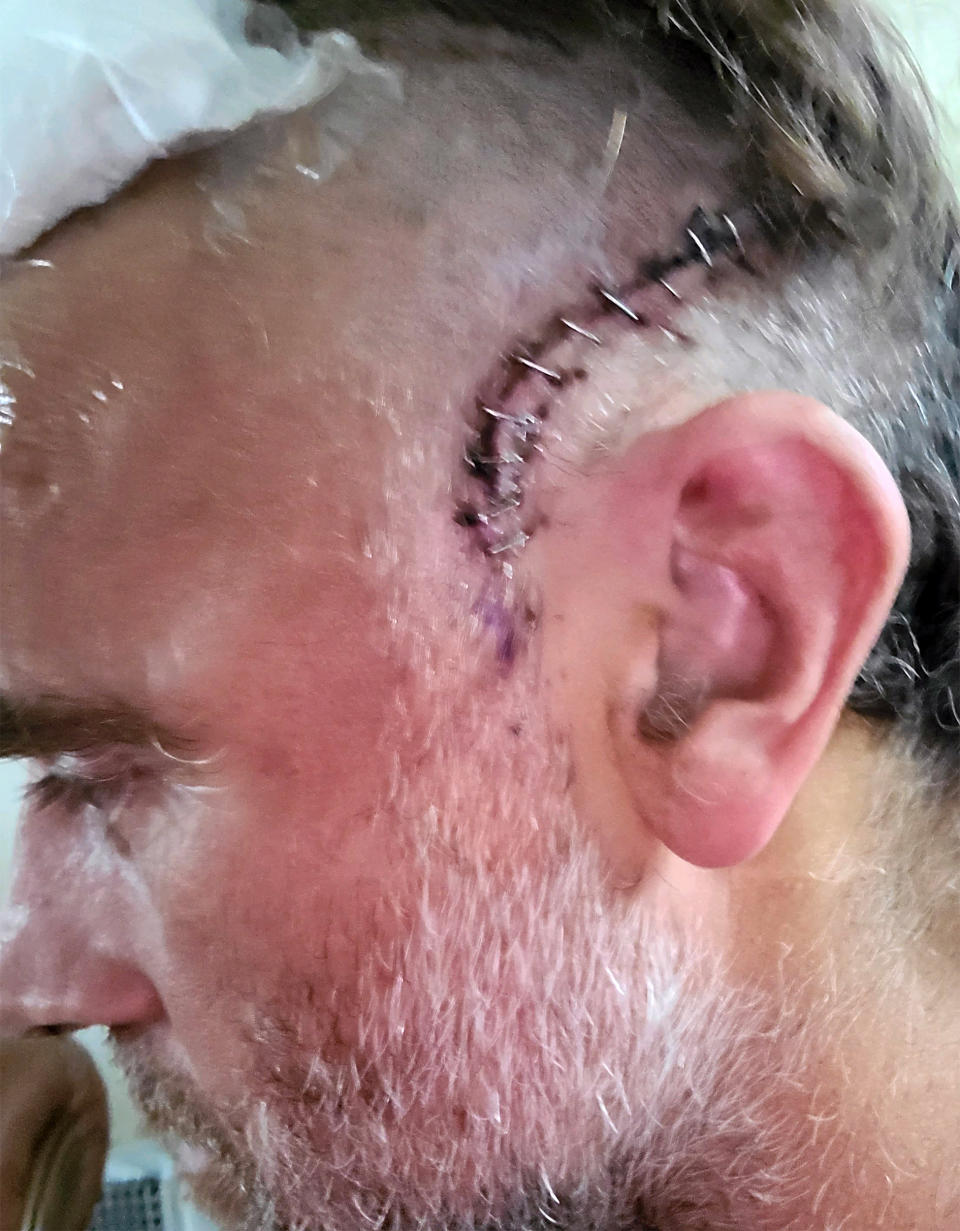
“I was in a dream. I didn’t really feel anything but things around me were fuzzy,” Murphy, 49 of Akron, Ohio, told TODAY. “I remember sitting on the ground with my finger in the air and I kept repeating my name.”Bystanders called 911 and he was rushed to the local hospital where doctors discovered he had an epidural hematoma, a brain bleed between the skull and the dura mater, according to the National Library of Medicine. It’s considered a traumatic brain injury (TBI) that can lead to permanent brain damage and accounts for 10% of TBIs.
“People will say it’s a miracle and miracle is a very interesting word and maybe it was a science miracle,” he said. “There was something telling me that this wasn’t my time to go and it wasn’t my time to be paralyzed.”
A vacation takes a dramatic turn
On June 26, Murphy and his wife, Suzy, were in the water in Lake Erie near Toledo, Ohio when she asked if Murphy could grab some water from the lodge. Murphy jumped on his bike for the short ride without wearing his helmet. He knew he was only going over a small bridge near the marina. But then he wrecked.
“I hit the pole. I don’t remember how I got on the ground,” he said. “One of the bystanders called 911.”
All this time, Suzy, remained in the water, unaware of what happened.
“When she arrived at the scene, I was in the ambulance and she saw my bike on the ground, which is really devastating,” Murphy said. “She asked me a very interesting question while I was lying in the ambulance. She goes, ‘Can you move your feet?’ And I moved my feet.”
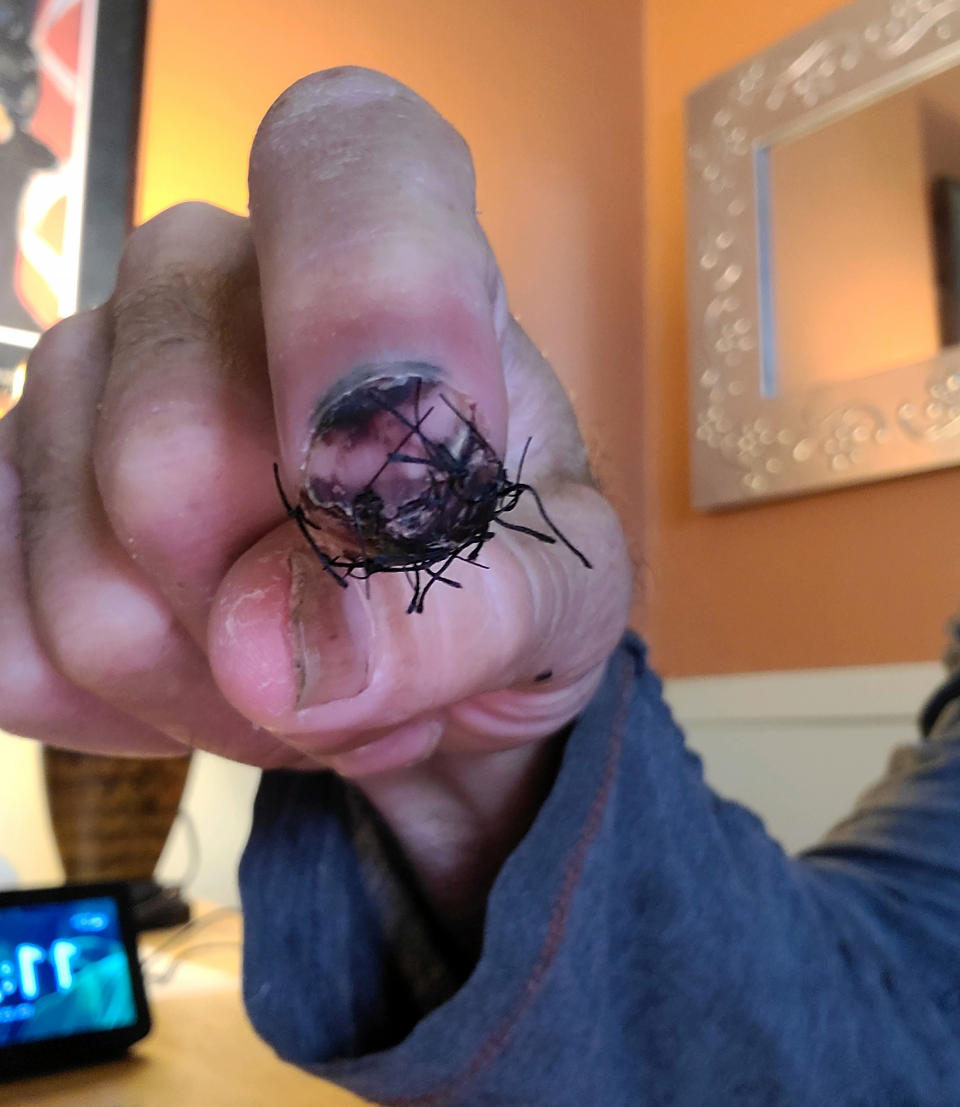
She had worried he was paralyzed, but because Murphy could move his feet the couple felt somewhat relieved. When they arrived at the emergency room, doctors did a brain scan and saw he had 1 millimeter of blood in his brain. Only a few hours later, it increased to 3 millimeters of blood.
“My brain was being pushed over the left,” he said. “Things weren’t going so well and I actually went into a coma.”
Doctors performed surgery soon after and Murphy recovered in the intensive care unit. He also had a broken right collarbone and a broken left index finger, though those injuries were not life-threatening. He had 40 stitches on his left index finger and about 30 staples in his head. After Murphy woke, he started healing remarkably well.
“(The doctor is) like, ‘It takes six months to recover,’” Murphy recalled. “My brain bounced back.”
While his brain had healed more quickly than anticipated, Murphy’s broken collarbone slowed his return to dance. With that injury, he couldn’t lift his partner, an essential part of being a ballet dancer.
“It takes nine weeks for the collarbone to really come back. That was my way of calming down and not overdoing it,” he said. “(With a head injury) you can’t bend forward. As a dancer, we bend forward. We move around. We go really fast. I couldn’t do any of that because my collarbone hurt,”
He found his "own way to rehab" with pushups — at first, he struggled to do 20. But he kept working at it and can do 100 now. He also did Pilates, a practice he has enjoyed for 30 years. He returned to dancing much sooner than any doctor expected he would with no negative side effects.
“I have resumed my life essentially and that’s been since mid-August,” he said. “As soon as I started to do my ballet class, my brain started to remember what that was and the muscle memory became evident. I was able to do the work.”
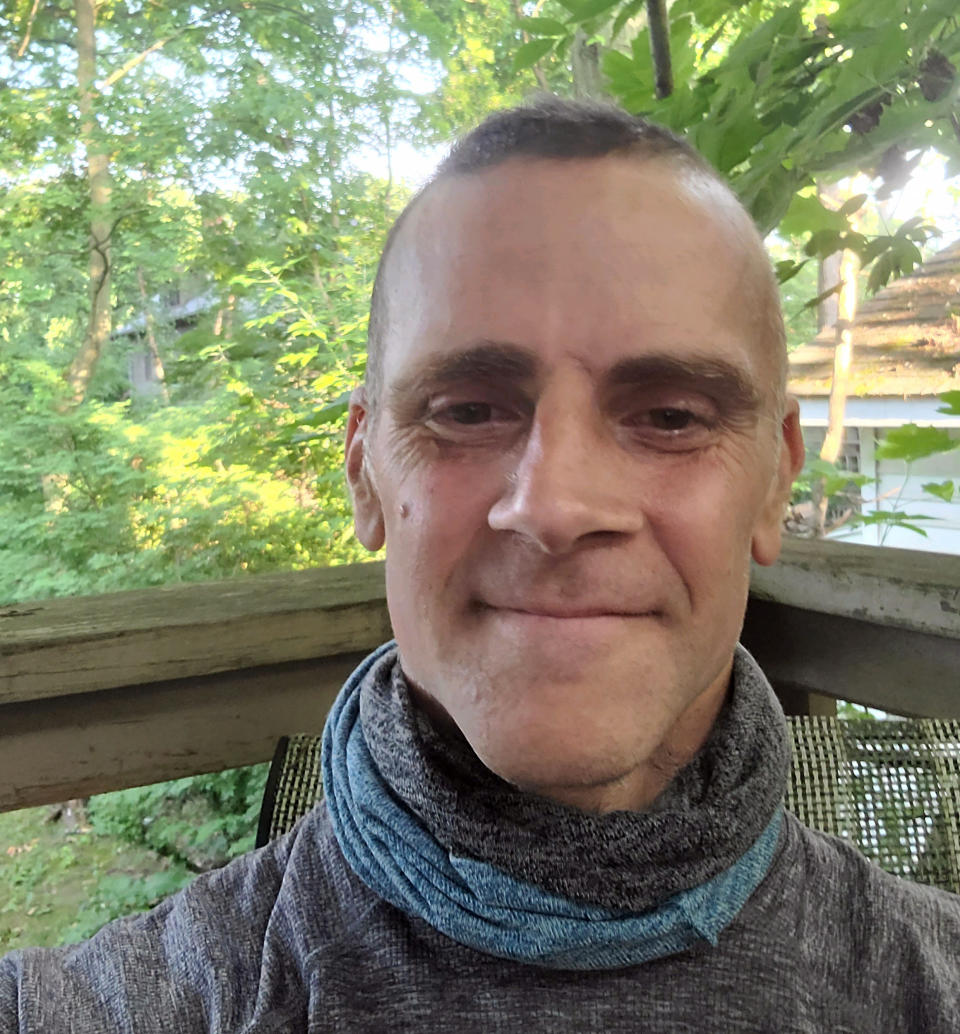
Epidural hematoma and traumatic brain injury
Dr. Ghassan Khayyat, a neurologist at Cleveland Clinic Akron General, has treated Murphy since he returned from his hospital stay in Toledo. He credits the quick surgical intervention for Murphy’s recovery.
“He went early to the hospital and was taken care of in the emergency room and was admitted to the hospital and observed,” he told TODAY. “When danger signs started showing up, it indicated that he may be bleeding so they did a second scan and that showed the bleeding was increasing. So they decided to take him to the operating room.”
That’s why Khayyat encourages people who have hit their head to visit an emergency room quickly — instead of downplaying it.
“If the brain is bleeding, initially it may not cause a problem. The person would be acting like normal and then starts getting a headache, starts getting confused, drowsy, sleepy, and may go into a coma if a person is not attended by a physician,” he explained. “Anytime somebody has a head injury, one should be careful about making sure that patient is taken to a hospital or emergency room.”
Murphy’s injury could have led to permanent brain damage if left untreated.
“An epidural hematoma is a collection of blood inside the skull on the surface on a membrane that covers the brain that we call the dura, a kind of protective membrane, which is underneath the brain or encases the brain,” he said. “It has a lot of blood vessels and one of these blood vessels can break … it accumulates and pushes on the brain.”
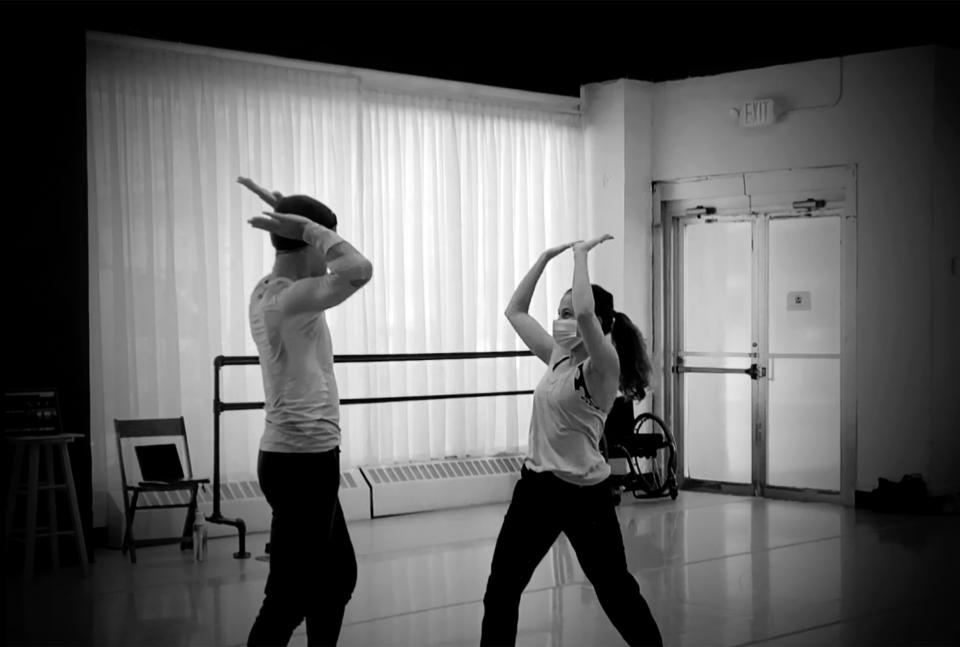
That causes damage, which can be “temporary or permanent,” depending on how quickly doctors can remove it. Surgeons normally open the skull, take out the hemorrhage and stop the bleeding to help, Khayyat added. Receiving timely treatment made a huge difference for Murphy.
“He returned to his normal life already and he’s doing all the things he wanted to do and was doing before (his accident),” Khayyat said. “This will not make him less able to do the things he wants to do, including physical activity and dancing.”
The doctor said the bottom line is that people should “seek medical care after an accident like this when you hit your head, even though you may feel that you are OK.”
A return to dancing
Since Murphy’s accident, he’s forged even closer bonds with family and friends.
“I potentially could have died three months ago,” he said. “I feel differently about things and my relationships with people. I tell them quite often that I love them … We should do that more.”
The first time he danced again, he wept.
“It was very overwhelming — everything feels new,” he said. “Even rehearsing, cries of joy that I’ve been having a lot for a while now.”
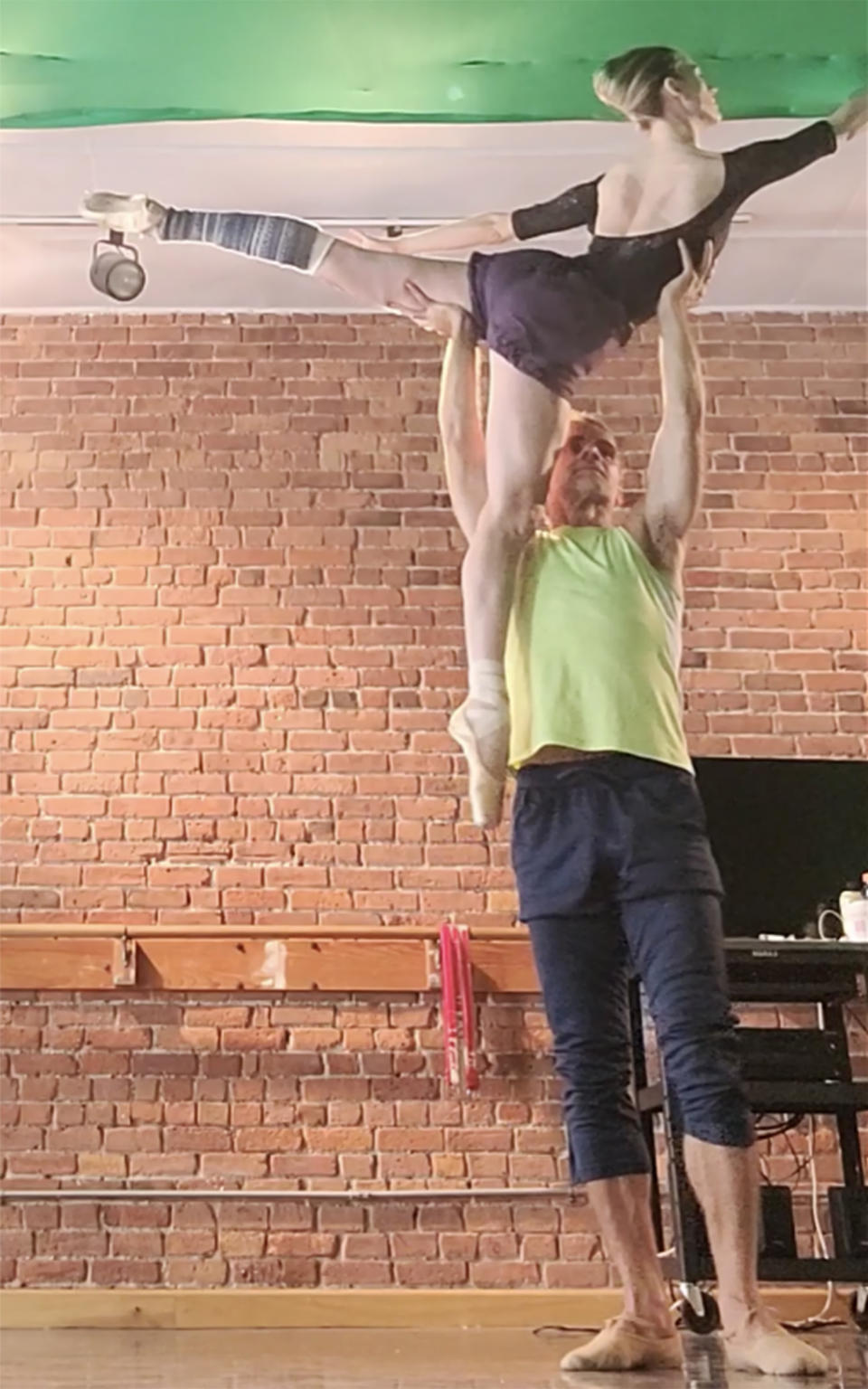
Over the next several months, Murphy has more than a dozen performances in Ohio and West Virginia that he expects will be “emotional.” He hopes his story shows that there is life after a TBI and recovery does happen — especially when surrounded by loved ones.
“Even if you have a TBI, you can still do things," he said. “The support of the people around you is essential. The people that were around me that gave me emotional support or allowed me to be who I was is an important part of recovery.”
This article was originally published on TODAY.com

